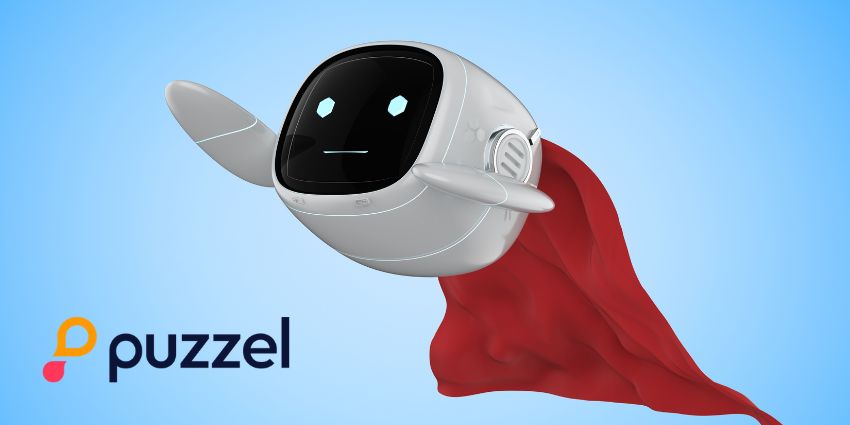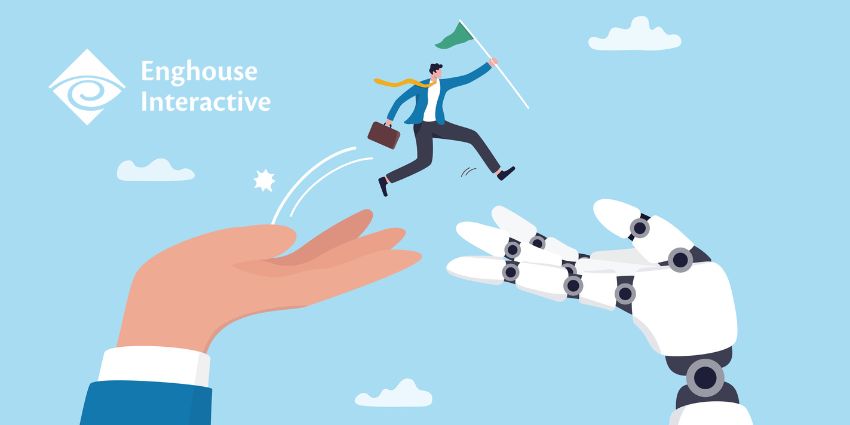In an era where AI promises automation at scale and customer expectations continue to rise, one truth remains stubbornly human: quality still matters.
Not just at the surface level, but deep in the structure of service interactions.
Every call, chat, or email shows how CX can improve. With the right QA strategy, that data becomes a source of insight, empowerment, and trust.
“QA has traditionally been seen as top-down, a bit of a stick,” says Emmanuel Doubinsky, Director of Product at Scorebuddy.
“But when QA is done right, with the right tooling and mindset, it becomes a self-development tool for agents – and a strategic lever for CX leaders.”
That reframing – from compliance to transformation – is central to Scorebuddy’s mission.
With 100% interaction coverage, embedded security, and AI-driven insight delivery, the platform is reintroducing QA as something more than a scorecard: it’s becoming a driver of meaningful CX change.
Sampling Is Dead: Why 100% QA Coverage Matters
Newer doesn’t always mean better.
For this writer’s money, even though it came out over 20 years ago, The Wire is still the greatest TV series of all time; Bob Dylan might be a lot closer to 100 than he is 50, but he’s still the best songwriter in the world; and you’d do well to find anyone who’d take the newer Star Wars films over the original trilogy.
However, with that being said, the older, traditional method of sampling has become undeniably outdated when it comes to the QA space.
While a few random interactions per agent, a spreadsheet, and maybe some feedback are certainly better than nothing, in 2025, they’re nowhere near enough.
“Agents often feel unfairly judged based on small samples,” explains Doubinsky.
“They’ll say, ‘Well, that one call was bad, but the rest of my day was great.’ And they might be right.
“When QA is based on just a few interactions, it introduces bias and undermines the credibility of the entire process.”
That changes with full coverage.
Scorebuddy makes it possible to evaluate every single interaction, removing the statistical grey area and opening the door to genuine coaching opportunities.
“It’s not about catching people out,” he continues. “It’s about surfacing patterns.
“If you’re scoring 100% of interactions – or even just 20% at scale – you get real visibility.
“You can identify strengths, weaknesses, and trends. That’s when QA moves from theory to impact.”
From Data to Dialogue: Turning QA into Coaching
Despite the benefits and importance of collecting more data, Doubinsky is quick to point out that data alone doesn’t move the needle.
Insight is only useful if people can actually act on it.
To assist with actioning this data, the Director of Product outlined Scorebuddy’s reporting capabilities, detailing how the company offers “some of the most configurable reports on the market.
“But we knew it wasn’t enough. People want to understand the story behind the data.”
That’s where the AI Agent Buddy comes in: Scorebuddy’s conversational AI that delivers tailored, plain-English feedback directly to agents.
“It’s not a graph anymore,” Doubinsky explains.
“It’s a message that says, ‘You’re continuing to excel at active listening,’ or ‘There’s a development opportunity around resolution time.’
“It’s friendly, human, and easy to absorb. It’s feedback designed to be read, not decoded.”
The goal of the AI Agent Buddy is to help agents self-reflect, improve, and engage with quality in a more proactive way, without the overhead of constant supervisor intervention.
Transparent QA = Engaged Agents
If the term ‘QA’ still conjures up images of disciplinary action, it’s time for a reset.
“When QA is transparent and reviewable – whether human- or AI-scored – it becomes trustworthy,” says Doubinsky.
“Agents can challenge scores, see the rationale, and most importantly, learn.”
Scorebuddy even tracks how often agents engage with QA feedback and how many disputes are validated, creating a learning loop that benefits both agents and supervisors.
And the impact on motivation is real.
In one standout example, a Scorebuddy customer reported an employee satisfaction jump from 3.5 to 4.2 out of 5 after implementing a transparent QA program.
“That kind of shift? It’s massive – especially when you’re talking about employee satisfaction,” says Doubinsky.
“0.7 points on a five-point scale is a real culture shift. And they directly credited QA governance. We’re discussing a system that helps people feel seen, heard, and supported.”
Security as Standard: Not Optional, Not Negotiable
While many vendors are still scrambling to retrofit data protections into their platforms, Scorebuddy has treated security as non-negotiable from day one.
In a world where cyberattacks are no longer hypothetical, companies dealing with customer data must have stringent security measures.
Scorebuddy maintains accredited security certifications, hosts its AI models privately (not in public clouds), and never trains models on customer data.
Doubinsky details how it is no longer “enough to say you follow best practices. You have to prove it.
“Customers want guarantees, not guidelines. They’re right to be cautious, especially with fears around PII leaking into public AI models.”
In practice, this means secure workflows, PII redaction, role-based access, and full compliance with GDPR and PCI – all baked into the QA stack from the ground up.
QA shouldn’t be the weak link in your CX security chain – and with Scorebuddy, it certainly doesn’t appear to be.
A Foundation for Trust and Transformation
Ultimately, Scorebuddy’s vision of QA isn’t about scoring interactions – it’s about building internal and external trust.
“QA data should be treated as a strategic asset,” says Doubinsky.
“It’s not just for compliance; it’s for continuous improvement.
“It’s where insight lives. And when it’s handled securely, delivered clearly, and used responsibly, it can transform customer experience from the inside out.”
And for contact centers seeking more than quick wins, that may be the most important metric.
Visit Scorebuddy’s website today to learn more about its QA philosophy and full suite of solutions.
You can also gain more insights into QA by checking out this article and watching this interview with Emmanuel Doubinsky.







